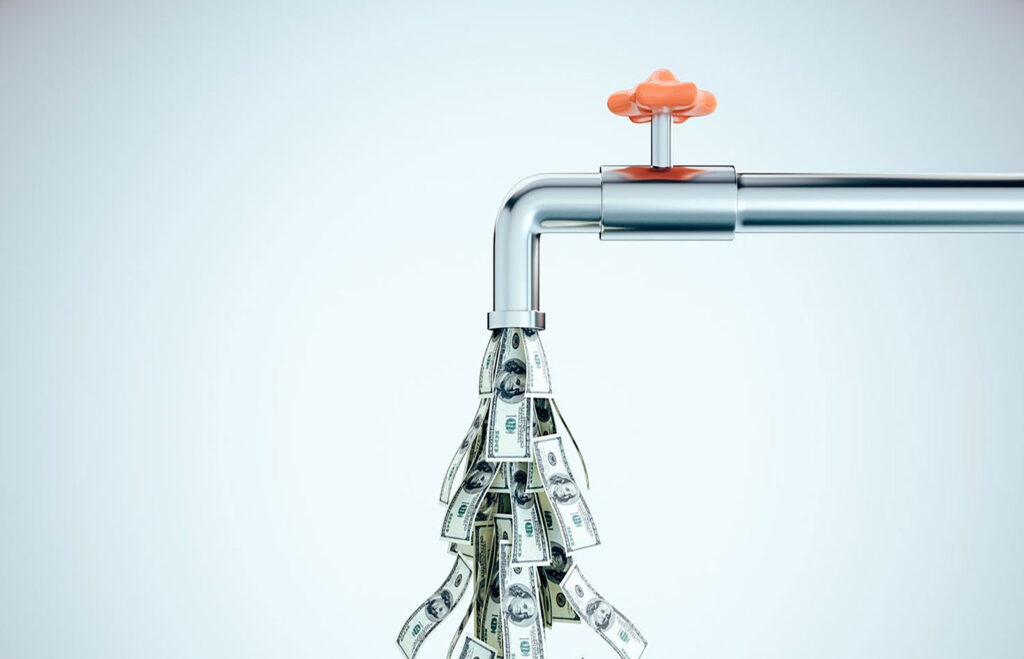How important is your billing system to your subscription business? The short answer is, very! Digital transformation is a necessity and often a competitive advantage in times of uncertainty and disruption.
Revenue components of this rapidly changing business landscape like the right billing solution can have positive effects across your entire business. And the alternative can actually be the barrier that keeps your business from scaling.
Using a legacy or home-grown billing system often means you’re doing a lot of manual work within that system to make it work for you. For example, if you need to upgrade or downgrade a customer’s subscription plan, you need to make sure those changes are recorded properly.
And what if the change happens in the middle of a billing cycle? With an outdated, labor-intensive system, it can quickly become a headache to sort out the billing and ensure your revenue is properly recognized.
All of this adds up to inefficient processes, potentially mismanaged data, and countless opportunities for revenue leakage.
The right customer management and recurring billing software will work for you, instead of the other way around. And its capabilities touch so many aspects of your business that it not only optimizes your revenue potential, but it also creates efficiencies and scalability for your business as a whole.
1. A financial single source of truth (SSOT) identifies potential revenue leaks
Data synchronization is key to eliminating billing errors and plugging revenue leaks. But can you trust your data? Depending on where its coming from, your information may not be as reliable as you think.
For example, if you’re relying on information from your customer relationship management (CRM) software, this information may be inaccurate. A CRM platform is fantastic for keeping track of leads in the sales funnel. However, it’s also easy for people to access and make changes within, which could potentially skew relevant information.
And if your business is using a basic accounting system—potentially with spreadsheets to support your recurring billing—your data is subject to human error on a continual basis. Every time a process needs to be done by hand, the risk of inaccuracies increases.
A modern recurring billing software integrates seamlessly with other technologies used by your business like your CRM and accounting system. Because this data sync happens in real-time, it acts as your business’s financial system of record for accounts receivable, and potentially its single source of truth (SSOT). The information the platform contains, and any reports you build from that data, remains reliably accurate and up-to-date.
This eliminates any potential leaks that may come when departments are siloed and don’t share information as quickly as possible. For example, if your sales department strikes a deal with a customer for a three-month discount, what happens if that information is not conveyed properly. That discount could potentially continue unnoticed.
Errors in billing and reporting can lead to billing disputes, dissatisfied customers, and revenue leakage, not to mention compliance issues and the resulting trouble when it comes to auditing.
Acting as the financial system of record for your business, an adaptive recurring billing system provides the data and functionality to ensure your business’s processes are accurate, transparent, reliable, and cutting edge—traits that make it easy for your customers to keep coming back for more.”
Tyler Eyamie, Stax Bill Co-Founder and CEO
2. Recurring billing software accelerates payment recovery
Sometimes automatic payment retries are not enough. Maybe a particular credit card on file expired—so you can try to process it until the cows come home, but you won’t be collecting anything until your customer provides updated payment information.
Dunning management is a system of processes and communication that automatically sends email alerts to your customers. These emails can notify them of:
- upcoming credit card expiration
- upcoming subscription expiration dates, and
- failed (or successful) payments to their subscriptions.
Choose a hosted or white-label automated billing system that enables you to compose your own emails so they don’t sound forced or ‘bot-like.’ If your wording turns off customers, some will churn out no matter how superior your product is to the competition.
Keep in mind any messages you send out should be considered part of your customer success strategy. Be kind, courteous, and empathetic, and customers will feel a greater emotional connection to your business.
3. Billing systems enable instant data synchronization
Subscription businesses, including software as a service (SaaS) businesses, are often in a continual state of change. Features are added, prices changed, and subscription plans updated. These businesses may also opt to offer incentives, such as freemium pricing for new features.
Additionally, customers may be able to make changes themselves. For example, they may choose migrate their subscription plans up or down or take advantage of add-ons and upsell opportunities. These changes, of course, will impact any upcoming billing.
Tracking all these changes is nearly impossible to do with a legacy system. Plus, keep in mind that any manual change is subject to human error. One mistake could open up a hole that leaks revenue, and that hole might go undetected for a very long time.
4. Revenue recognition compliance
Performing accurate revenue recognition for your recurring billing business makes it possible to accurately determine the cash flow situation of your business, as well as forecast for the future. But performing this manually or with legacy systems can be time consuming and complicated. It can also open your business to risks associated with incorrectly recognizing or deferring revenue.
By implementing recurring billing software with double-entry general ledger support, your business can automate its process of debits and credits and remain in full compliance with the ASC 606 revenue recognition standard.
Knowing how to deal with deferred revenue properly is a very big part of the accounting for subscription businesses. Adopting ASC 606 means SaaS, IoT, or any other subscription-based businesses recognize their revenue in a way that is compliant, which requires the ability to track their earned and deferred revenue over the entire period of their subscriptions. An automated billing system that adheres to industry-standard accounting practices is really the best option.”
Serge Frigon, Stax Bill Product Architect
5. Automated recurring billing software reduces churn
There are two types of churn: voluntary and involuntary. If a customer takes the steps to discontinue their relationship with your business, that’s voluntary churn. A customer that involuntarily churns can do so without even noticing.
For example, this can happen if a customer’s credit card fails when the invoice is being processed for payment. Some billing systems are set up to automatically cancel a subscription for nonpayment without even trying that payment a second or third time.
So how much of a difference can retrying cards make?
If a payment is retried it will go through as much as 75 percent of the time. Many modern subscription billing platforms can be set to automatically retry credit cards on specific days after the first failed payment, such as days three, five, and seven after the first attempt.
Payment retries are automatic, and they can occur without your customer even realizing. Considering 31% of customers lay the blame on the merchant if their cards fail, retrying cards behind the scenes can be extremely beneficial.
Improve your efficiency, keep your revenue, and build the capacity for scale
A robust, adaptive recurring billing software is essential in managing your subscription business. It creates and amplifies efficiencies throughout your departments, streamlines customer-facing processes, and reduces revenue leaks as a result. It also provides your business with accurate customer and financial data that you can count on, day in and day out.
As Jawaharlal Nehru, the first Prime Minister of India, said, “Obviously, the highest type of efficiency is that which can utilize existing material to the best advantage.”
Supercharging your billing process is an essential step on your business’s road to scale. What changes can you make with your system to increase efficiencies and stop revenue leaks?








